I have a very simple WPF app which is used to preview images in any given folder one image at a time. You can think of it as a Windows Image Viewer clone. The app has a PreviewKeyUp event used to load the previous or next image in the folder if the left arrow or right arrow key is pressed.
<Grid>
<Image x:Name="CurrentImage" />
</Grid>
private void Window_PreviewKeyUp(object sender, KeyEventArgs e)
{
switch (e.Key)
{
case Key.Left:
DecreaseIndex();
break;
case Key.Right:
IncreaseIndex();
break;
}
var currentFile = GetCurrentFile();
CurrentImage.Source = new BitmapImage(new Uri(currentFile));
}
The problem I'm trying to solve is that there is a large amount of memory bloat when loading multiple images until garbage collection occurs. You can see this in the screenshot I took of the app's memory usage. It's not uncommon for it to exceed 300 MB before garbage collection occurs.
I tried wrapping the image in a using statement, but that doesn't work because BitmapImage doesn't implement IDisposable.
using (var image = new BitmapImage(new Uri(currentFile)))
{
CurrentImage.Source = image;
}
What can I do to prevent memory bloat when loading multiple images into my app?
